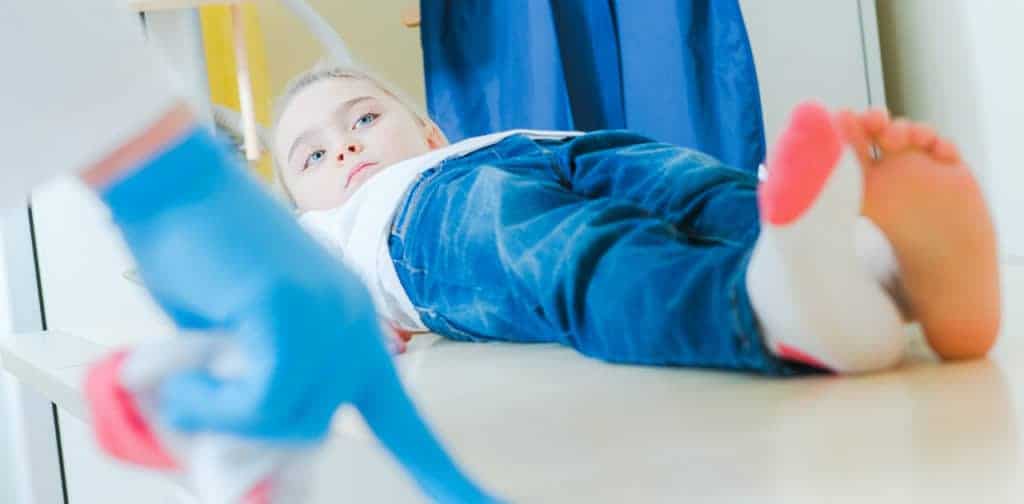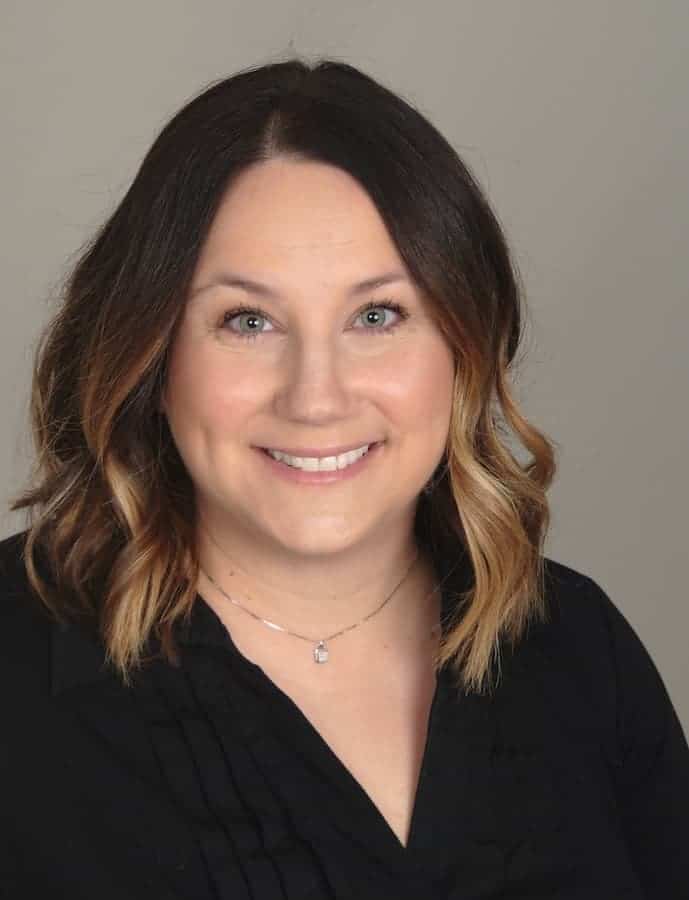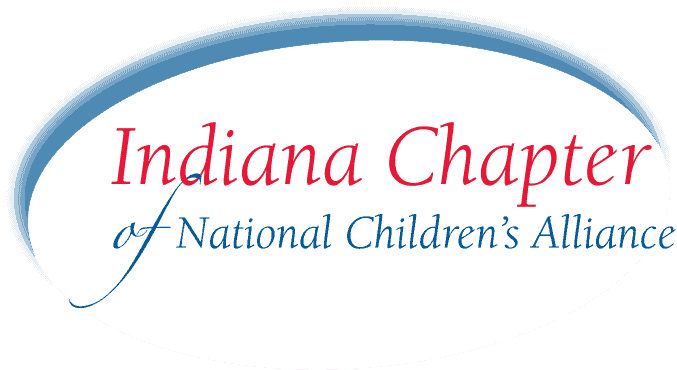
When an adult arrives at a medical facility after a rape, sexual assault, or other physical abuse, protocols are in place for their care. Medical teams assess the patient, get a full history, and when indicated, collect potential items for evidence. Those protocols guide to the course of treatment for the patient while at the hospital, and then extend to law enforcement, prosecutors, and other members of the multidisciplinary team about how evidence is handled and handed off. By and large, these protocols are fairly consistent when working with adult patients, but when a child arrives under the same circumstance, few consistent protocols exist. It’s a per-doctor, per-nurse, per-facility, free-for-all that can result in bad outcomes, re-traumatization, and potentially botched cases that are unable to be substantiated. When this happens, the system fails this child.

Angie Morris and a team of skilled pediatric medical forensic providers convened a workgroup of board-certified pediatric Sexual Assault Nurse Examiners (SANEs), pediatric nurses and advanced practice providers, child abuse pediatricians, child advocacy centers represented by the Indiana Chapter, and other statewide stakeholders, including former prosecutors and representatives from the Indiana Department of Child Services, to change that. “As we were training nurses in pediatric assault care, we found the variations in practice across the state were vast,” says Morris. Morris works for the University of Southern Indiana’s School of Nursing. USI received a grant from the Health Resource and Service Administration to provide Sexual Assault Nurse Examiner (SANE) training throughout Indiana.
As Morris and the workgroup began to evaluate what standards were in place, they were surprised by the results.
“We were finding kids that were being screened out of being seen by a healthcare provider. In many cases, if the case wasn’t acute—something that happened within the past 72 hours—those kids were not being seen medically at all,” she says.
In even more cases, the group found that emergency departments were often lacking in their ability to adequately help kids with this type of care.
“We certainly acknowledge that the Emergency Department may not be the ideal environment for this type of examination for children, but in the absence of another option, we simply have no other choice. We must find a way to get these children seen in a timely manner by qualified providers who understand the medical and legal implications of this type of care,” says Morris.
Significantly, kids who aren’t seen medically have questions or need reassurance that can impact their mental health. Often, much of the medical benefit is just reassuring youth that their body is okay.
Morris and the workgroup are clear: this isn’t the fault of doctors, nurses, or individual facilities. “They’re all vital partners and know their jobs very well. This role though, is different in so many ways,” she says.
The biggest gaps in pediatric forensic medical provider coverage are in southeast and eastern Indiana. A typical scenario might be a child who discloses sexual abuse on Saturday night in a rural area of Indiana and may immediately see the local police or sheriff’s deputies and be seen for a forensic interview. But all local physicians, if there are even any pediatricians, are closed on Sunday. Since evidence of the sexual abuse must be collected quickly, they go to the nearest emergency department. There, doctors are concerned primarily with the urgency of the patient’s medical situation. Those who have not been trained in providing medical forensic care may unintentionally create harm to the case. In some cases, medical providers may fail to appropriately document a medical forensic history, they may be unaware of standards for evidence integrity, break the chain of custody for handling evidence, or make statements in patient documentation that implies disbelief.
Where patient care and case management collide
For example, a medical provider may write that the patient says they may have been touched on their genitals and possibly struck on their back, or that the patient is an alleged victim of child sexual abuse by the patient’s father. Words like “may have” or “possibly” or “alleged” can unravel an entire case. Defense attorneys who review the medical records are likely to claim the medical provider didn’t believe the child because of these words, question the provider’s beliefs, and require them to appear in court.
“We encourage all of our medical providers to treat and document on all of their patients based upon their chief complaint. We never chart ‘alleged abdominal pain’ or ‘alleged chest pain’ even though we, as medical providers can’t always see signs of these complaints either. That doesn’t make them ‘alleged’ or untrue,” says Morris. Pediatric SANEs are trained to work with children and understand their fear, limited vocabulary, and understand the needs of criminal justice system.
Another issue of concern is when a child is seen at a medical facility by a provider without pediatric medical forensic training. In these cases, sometimes there is no disclosure, but the parent or provider identifies an abnormal genital finding. Perhaps the provider has had a limited level of exposure to this content and misreads or misdiagnoses the condition and informs the family that it is the result of sexual abuse. This sets off a spiral of questions, accusations, and panic because of an abnormal variant on their genitals or a medical condition, both of which have nothing to do with sexual abuse.
“There’s a skin condition called Lichen sclerosus that can look a lot like scarring, as can labial adhesions. The number of referrals that our child abuse physicians receive from well-meaning medical providers who saw it and thought it was a sign of sexual abuse is significant,” says Morris. “When the child is seen by the child abuse physician many weeks later, the physicians immediately recognize it as a skin condition not caused by abuse. But what has that family been through in those last two weeks? The paranoia that comes with that and having second guesses about every relationship you have. And for some families it is not easy to get to Indianapolis.”
Part of USI’s grant opens up funding for hospitals to expand access to SANE-trained providers, especially in rural and underserved areas of Indiana.
“These guidelines are an important part of ensuring consistent standards of care throughout Indiana. Making sure our medical providers and multidisciplinary team members know what should happen and what resources are available in the community right now to make sure these kids are being taken care of the best way possible—and meeting the needs of the criminal justice system as well.”
The full guidelines are available now for review (PDF), and nurses and medical facilities interested in applying for funding assistance from the Indiana SANE Training Project can contact Angie Morris at USI for application details.

